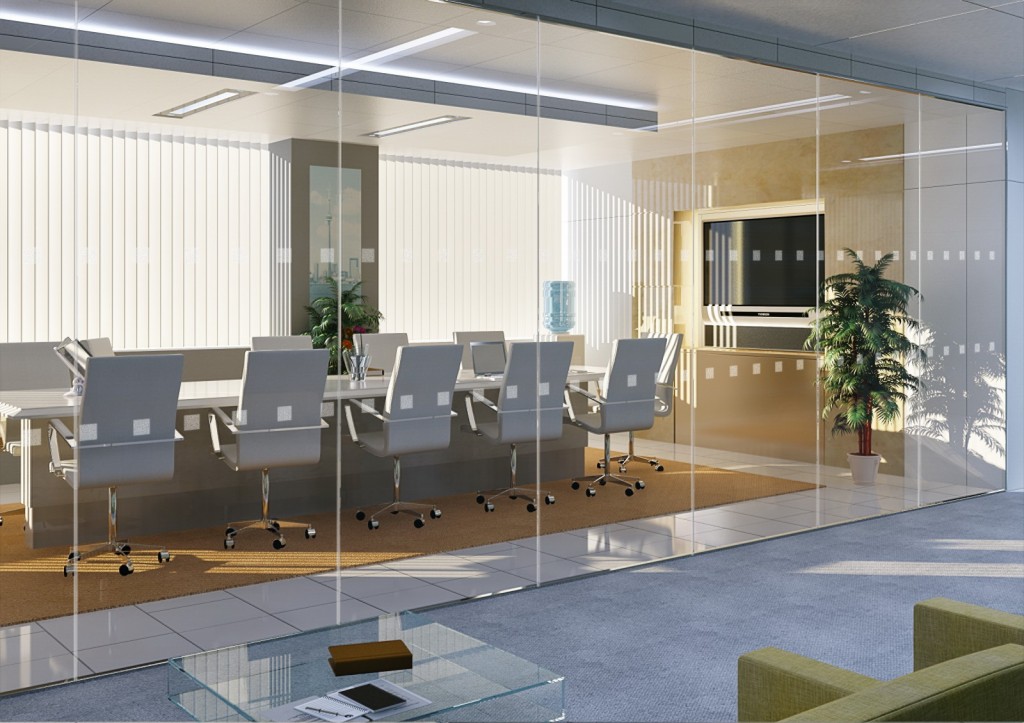Smart Film Application in Corporate
Environments
The smart film is a product that is a perfect fit for corporate environments ฟิล์ม ส มา ร์ ท เท ค. These
films are available in two types – self-adhesive and switchable. This article explores
their advantages and what impact the pandemic has had on the market. It also
discusses how to use smart films and the advantages of switching from one type to
another.

Switchable smart film for lamination
Switchable smart films are self-adhesive and change their status via touch. They are
customized in shape and design and are easy to install ติดฟิล์มกระจกบ้าน. They are ideal for
partitioning fixed spaces, controlled privacy, and other applications where a touch-
sensitive surface is required. Smart films are also easy to disinfect.
Smart films are available in self-adhesive and non-adhesive types. Both have
different applications and limitations. Self-adhesive smart films are often used for
light penetration. The difference between the two is sometimes confusing and
people can end up purchasing the wrong type of smart film.
Self-adhesive smart film for lamination
The switchable smart film market is gaining popularity in several industries including
the automotive, transportation and architectural sectors. These films offer
advantages such as heat resistance and anti-static effects. The global market for
switchable smart films is currently estimated at USD 2,934.8 million in 2019. The
report provides a detailed analysis of the market, which is segmented by type,
application and players.
There are two main types of smart films, namely self-adhesive film and non-adhesive
smart film. Self-adhesive film is the cheapest and most convenient type of
switchable film. It carries a layer of cling material that allows it to stick to one side.

Benefits of smart film for lamination
Smart film for lamination in corporate environments has many benefits. The film can
provide increased privacy and can help break up fixed workspaces into flexible work
areas. It can also be used to eliminate the need for curtains and blinds. Non-
adhesive smart films have two layers of transparent ITO conductive film and a PDLC
film, also known as a glass film. The process of laminating glass uses this type of
film.
The most common method of smart film installation is via glass, acrylic or
polycarbonate laminates. These applications require 110VAC voltage. Smart films
have the added benefit of being easy to clean. Many smart films have the additional
function of reducing the transmission of germs, preventing the spread of infection.
Impact of the pandemic on the market for smart
films
A growing number of companies are installing smart films to protect their products
from rays of sunlight and UV rays. This technology has numerous benefits, including
reducing the need for HVAC systems. In addition, switchable films can also reduce
the impact of sun glare.
The global optical films market is currently experiencing explosive growth due to
increasing demand for large format displays. This growth will be further accelerated
by technological innovations. The rising prevalence of OLED (organic light-emitting
diode) technologies has also spurred the growth of the functional food market.




